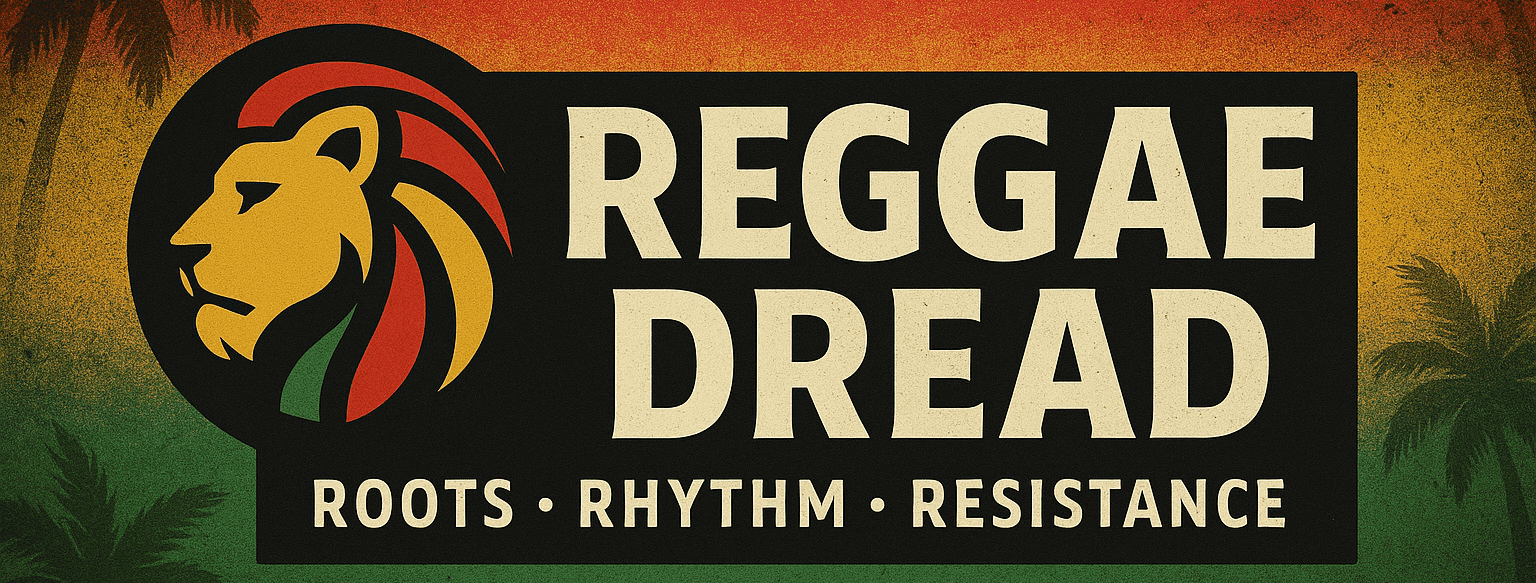Reggae Beat Deep Dive Roots and Rhythms

Reggae is a genre of music that originated in Jamaica in the 1960s. It is known for its distinctive rhythmic patterns, which are characterized by the use of the "one-drop" beat. The reggae beat has become one of the most recognizable and influential rhythms in popular music, inspiring countless artists around the world.
In this article, we will take a deep dive into the roots and rhythms of reggae music. We will explore the origins of the genre, the key features of the reggae beat, and its influence on contemporary music.
Origins of Reggae Music
Reggae music emerged in Jamaica in the late 1960s, drawing on a range of musical influences including ska, rocksteady, and rhythm and blues. The genre was born out of the social and political turmoil of the time, as Jamaica struggled to gain independence from colonial rule.
The music of reggae was often accompanied by lyrics that spoke to the struggles and hopes of Jamaican people. Many reggae songs featured themes of social justice, equality, and spirituality. These messages resonated with people around the world, and reggae became a symbol of resistance and freedom.
Key Features of the Reggae Beat
The reggae beat is characterized by its use of the "one-drop" rhythm. This rhythm emphasizes the third beat in a four-beat measure, creating a unique sense of syncopation that is central to the reggae sound.
The one-drop rhythm is created by emphasizing the snare drum on the third beat, while the bass drum hits on the first and third beats. The guitar or keyboard typically plays a syncopated chord pattern that reinforces the rhythm.
In addition to the one-drop rhythm, reggae music often features a strong bassline, with the bass guitar or keyboard playing a prominent role in the mix. The drums are also an essential part of the reggae sound, with many songs featuring complex drum patterns and fills.
Influence of Reggae on Contemporary Music
 Reggae music has had a profound influence on contemporary music, with many artists drawing on the rhythms and sounds of reggae in their own work. The reggae beat can be heard in a wide range of genres, including hip-hop, electronic dance music, and pop.
Reggae music has had a profound influence on contemporary music, with many artists drawing on the rhythms and sounds of reggae in their own work. The reggae beat can be heard in a wide range of genres, including hip-hop, electronic dance music, and pop.
One of the most famous examples of reggae's influence on popular music is the song "The Message" by Grandmaster Flash and the Furious Five. Released in 1982, the song featured a sample of the bassline from the reggae classic "The Bed's Too Big Without You" by The Police.
Other artists who have drawn on reggae in their music include The Clash, Bob Marley, and UB40. In recent years, reggae-inspired music has become increasingly popular, with artists like Chronixx and Protoje bringing a fresh perspective to the genre.
FAQs about the Reggae Beat
Q: What is the difference between reggae and ska music?
A: Ska music is characterized by its fast tempo and emphasis on the upbeat. Reggae music, on the other hand, is slower and emphasizes the third beat in a four-beat measure.
Q: What is the role of the bass in reggae music?
A: The bass is a key element of the reggae sound, providing a solid foundation for the rhythm. The bassline often plays a melodic role, with the bass guitar or keyboard playing intricate patterns that complement the other instruments.
Q: What is the significance of the one-drop rhythm in reggae music?
A: The one-drop rhythm is central to the reggae sound, providing a unique sense of syncopation and groove. This rhythm emphasizes the third beat in a four-beat measure
, creating a distinctive feel that is instantly recognizable to fans of the genre.
Q: Who are some of the most famous reggae artists?
A: Bob Marley is perhaps the most famous reggae artist of all time, known for hits like "One Love" and "No Woman, No Cry". Other notable reggae artists include Peter Tosh, Jimmy Cliff, and Toots and the Maytals.
Q: How has reggae music evolved over time?
A: Reggae music has evolved over the years, with different sub-genres and styles emerging over time. Roots reggae, which emerged in the 1970s, is characterized by a focus on social and political issues, while dancehall reggae, which emerged in the 1980s, is more focused on dance and partying.
More recently, a new generation of reggae-inspired artists has emerged, with a focus on blending reggae with other genres like hip-hop and electronic music.
Conclusion
The reggae beat is one of the most iconic and influential rhythms in popular music. Its distinctive use of the one-drop rhythm and emphasis on the bass and drums have inspired countless artists around the world.
From its origins in Jamaica in the 1960s, reggae music has become a global phenomenon, with artists from all over the world drawing on its rhythms and sounds in their own work.
As the genre continues to evolve and adapt, it remains an important part of the musical landscape, with its messages of social justice and equality continuing to resonate with people around the world.


























